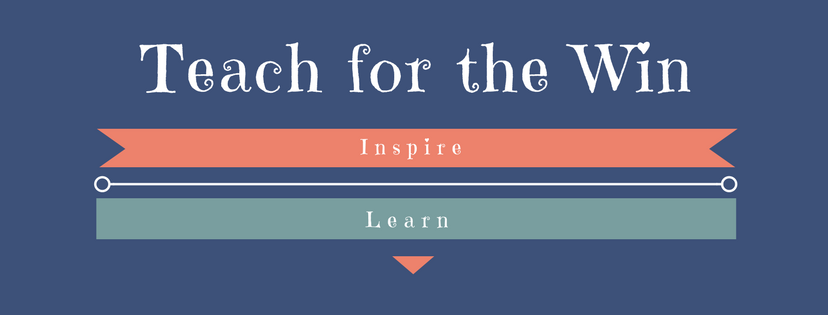We began passion projects a little more than a month ago. Our first project focused around the student-selected topic of homelessness. I quickly realized that I had underestimated my students- and they just continue to blow me away!
To begin our next LAUNCH Cycle for another passion project, we returned to our wall of wonders- a collection of student and teacher questions about topics we are interested in. Students shared the ideas they found the most interesting, and we settled on four topics of study for students to choose between:
- How do you make a house?
- How are families affected by deployment?
- How do you make a video game?
- Why do bulls not like the color red?
Developing Topics
I was initially concerned with the topic of why bulls don’t like red. It seems like a pretty simple question to answer after a bit of reading. As my students found the answer to their question, they realized that bulls don’t dislike the color, they just dislike being teased and aggravated. Our discussion touched on animal mistreatment, abuse, captivity, and animal entertainment such as the circus and zoo. Rather than simply telling my students that their topic wouldn’t work, I encouraged them to learn what they could and then develop more questions to guide further research.
Student Projects
I’m thrilled with the projects my students created. Are they perfect? No. Are they amazing? YES! These projects are a great reflection of student learning. You wouldn’t believe how excited they were to share their projects during parent-teacher conferences.
How to Build a House
These students decided they would make a model to demonstrate their learning. They used their model to explain the process to the class. Their model included framing, drywall, electrical wiring, and roofing.
Deployment
These young ladies were very concerned when learning about the stress that families, service men, and service women face during and after deployment. After learning about PTSD, they decided to create a presentation and share their new understanding with the class. They also wrote letters to veterans and their families. See their presentations here.
Video Games
A large number of my students chose this topic. Almost every student wanted to use what they learned about world building, conflict, and character development to write their own video game stories. Student teams used Scratch to create their games. Our class spent time asking questions about the game making process and exploring the games.
One student decided he wanted to write a blog about making video games. He spotlighted a particular group of students and outlined what made their game special.
Animal Cruelty
This group of students decided they wanted to develop a website to inform their peers about the conditions under which animals in captivity live. The class was challenged to consider how they spend money at the circus and zoo.
Standards-Based Instruction
Are you wondering how I “fit in” standards? I purposefully timed our passion projects to fall during our nonfiction reading unit. As we completed our first passion project together, I introduced a simple T-Chart. The left side said, “Text Says” and the right side said, “I Think.” This super simple organizer served to guide our reading. Students were summarizing, making connections, synthesizing, determining problems and solutions, and reading with real purpose. We practiced these skills together during our first passion project, and they worked more independently on the second. I also reinforced these reading skills during guided reading groups.
Student Empowerment
One of the reasons I love passions projects is because my students love them. There is real purpose behind reading, freedom for creativity, and students have the opportunity to publish their work for a large audience. I continue to remind myself to stop underestimating my students...but do you see why they amaze me? They have so much to offer the world, not just later as adults but right now. Passion projects show students what they are capable of. I love empowering my students!













